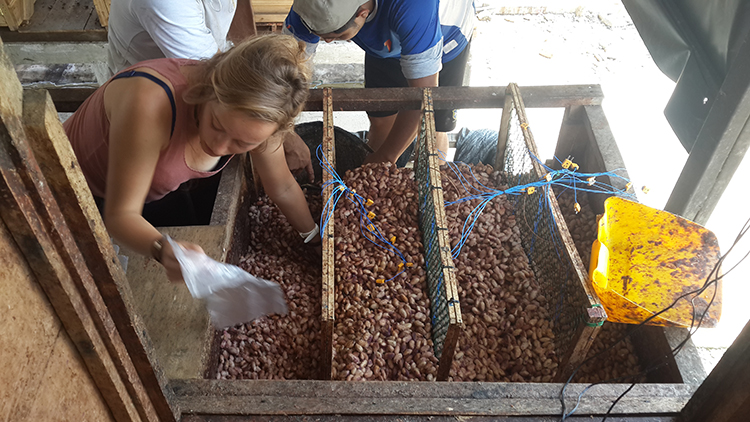 CAES News
CAES News
Research in Ecuador
Interested in researching the science of chocolate in beautiful equatorial Ecuador? Applications are now open for scholarship funding to study cacao fermentation research in Ecuador with Jose Reyes, associate professor in the University of Georgia Department of Food Science and Technology, supported by a grant from the National Science Foundation.


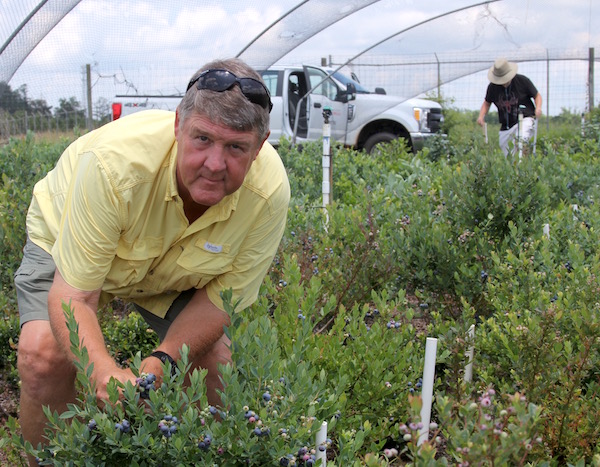
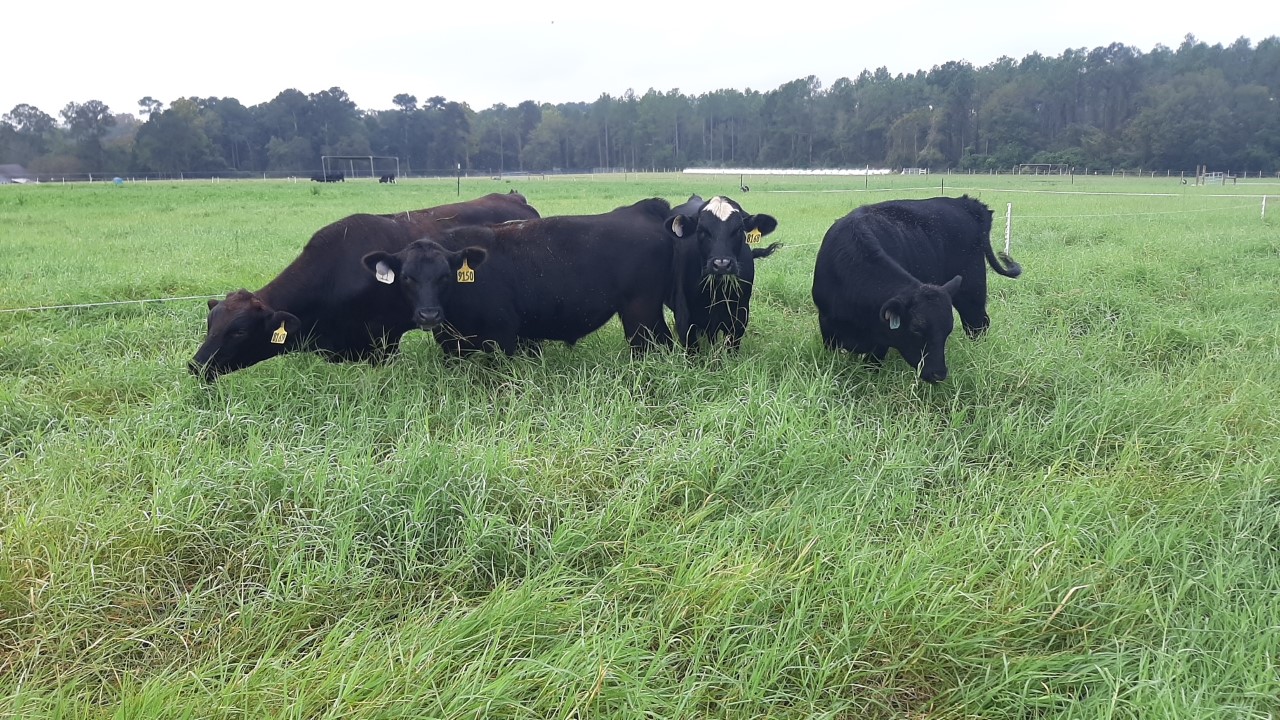
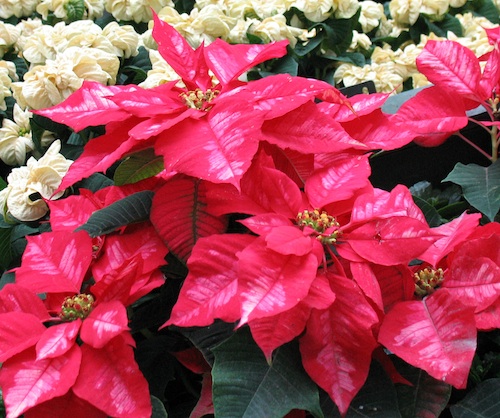

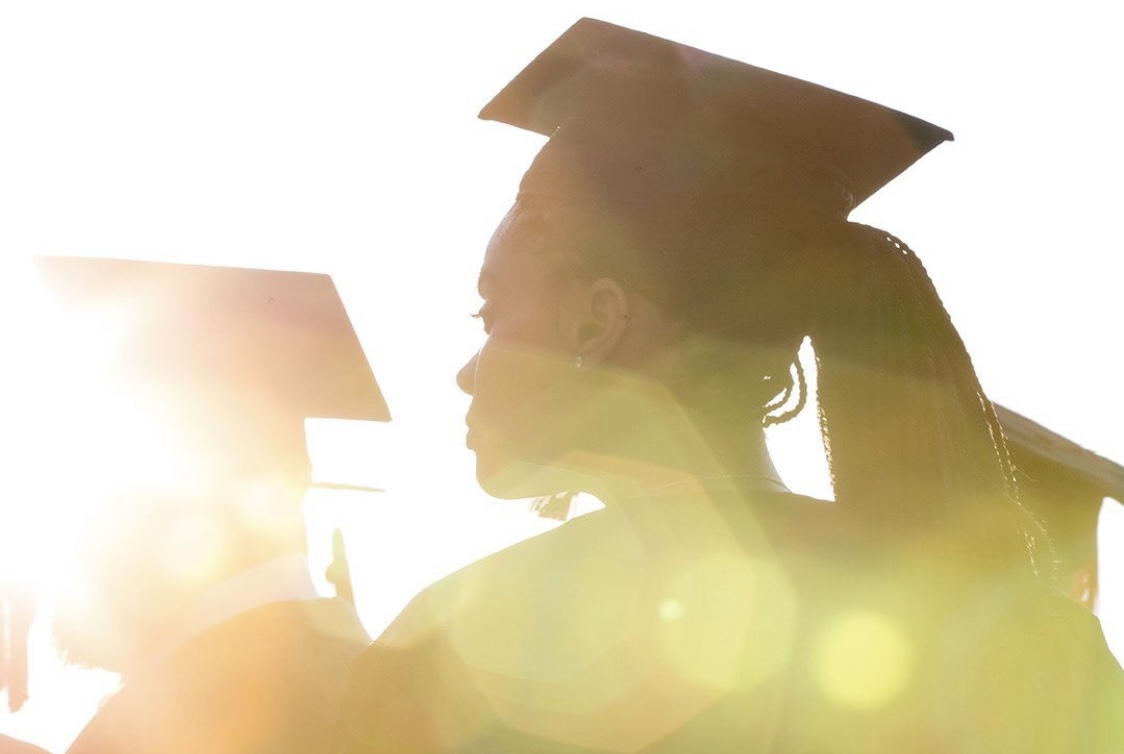


-(1).jpeg)